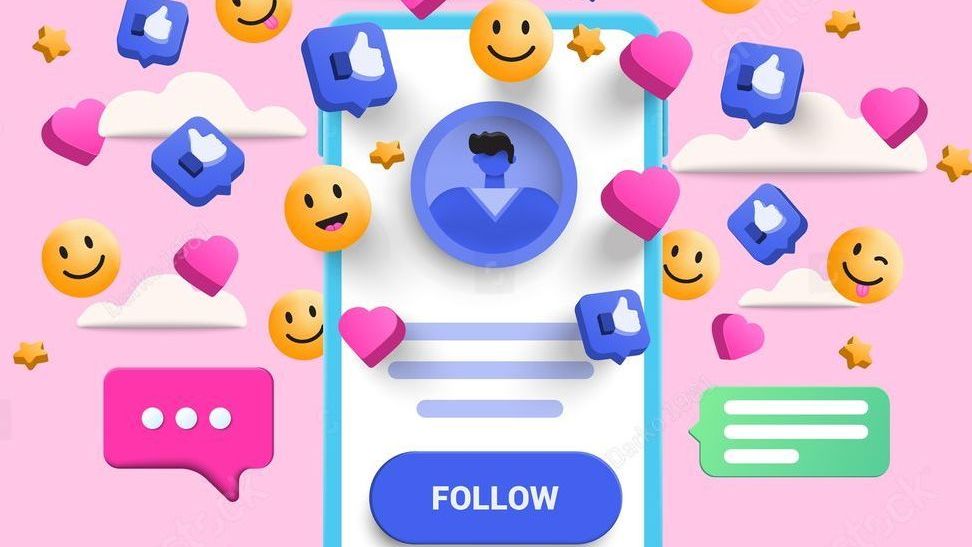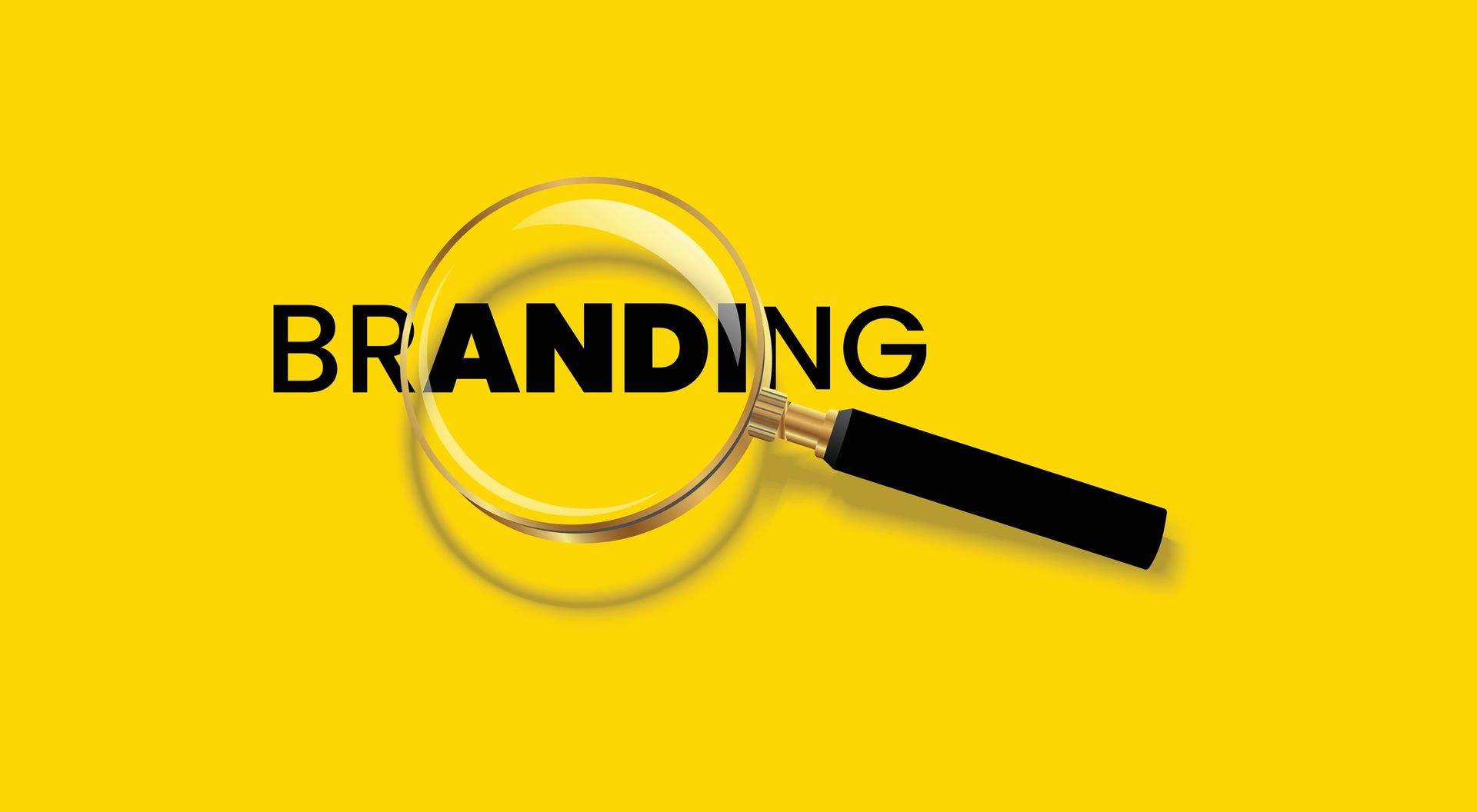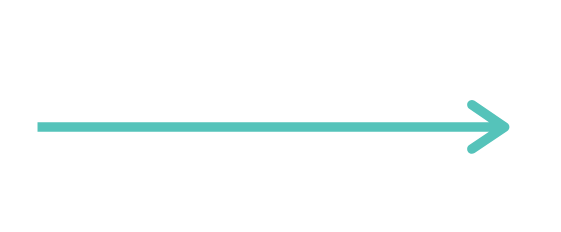4 common grammar mistakes - and how to fix them
Lindsay Rosasco • November 23, 2020

No matter how skilled we are, everyone has their downfalls. We learn so much in school, but everyone struggles with something. For me, it was chemistry. For others, literature. And most commonly among students and working professionals, it's grammar.
As a former teacher and current professional writer, I've seen it all. I've edited content written by lawyers and doctors, business owners and scientists - people much more educated than I am, but there's generally a common thread between them. Lots of errors in writing, from fluidity and tense to readability - and, you guessed it, grammar.
Grammatical errors are a great way to diminish your credibility - while I always suggest hiring a professional writer, here are 4 common mistakes people make in their writing and simple ways to fix them.
1. This is she - NOT this is her
Ring, ring.
Hi, is this Lindsay?
Yes, this is…
People usually fill in the blank with "her" instead of "she," but I'm sorry to say that "this is her" is incorrect. While this normally won't come up in website copywriting, it will come up all the time on the phone in your business. Here's the reasoning behind it:
Why ‘this is she/he’?
Let’s break down the statement: ‘This is she.’
Your subject is "this"
and your verb is "is."
This is a special kind of verb called a linking verb, which means it connects two parts of the same part of speech.
Since "this" is the subject, whatever comes after the verb "is" must also be a subject.
While "she" and "her" are both pronouns, they serve different purposes. "She" is a nominative pronoun, meaning it acts as a subject. "Her" is an objective pronoun, meaning it serves as an object.
Remember that linking verbs connect two of the same grammatical units, so the sentence would be: This is she.
You can also find the solution by rearranging the sentence to see what makes sense
Hi, is this Lindsay?
This is her–> rearrange the sentence to check for fluency --> Her is Lindsay. Nope, doesn't work.
This is she–> rearrange the sentence --> She is Lindsay. Ding, ding, ding!
2. Who and Whom
I always thought "whom" sounded all fancy when I was little, and fancy must be right, right? Wrong. Nothing is less fancy than using the wrong word and believing you’re right.
There's a really simple test for this though.
Who = she, he
Whom = her, him
All you have to do is fill in the blank to see which sounds correct.
______ likes the new restaurant? (Fill in with "she" or "her." Which is correct? She --> "who".)
To _____ did you give your business card? (I gave it to....she? No - I gave it to her? Yes. Her--> "whom")
3. Commas and conjunctions
Commas, commas, commas. For some reason, people really struggle with commas, from comma happy users to comma shy, we see comma errors everywhere. While there are a variety of comma rules, some being ambiguous, one rule is completely clear to use and understand: commas with conjunctions.
Grammar refresh: a conjunction is a word that connects others words, phrases, or clauses like for, and, nor, but, or, yet, and so. When there's a conjunction in a sentence, in order to determine if you need a comma, you have to look at what comes before and after the conjunction.
If there are two complete sentences on both sides of the conjunction (also called independent clauses), put a comma before the conjunction.
If you're unsure if you have two independent clauses, simply cover up the conjunction and the rest of the sentence to check both parts. Does the phrase make sense and stand alone as a complete thought and complete sentence? Then it's an independent clause.
Example: I want to leave work, but I have too much work to do.
Just check the two underlined parts - can they stand alone as complete sentences? Yes! Since they're combined by the conjunction "but," we put a comma before the conjunction.
If only part of the sentence before or after the conjunction is complete when doing your test, you don't use a comma.
Example: I want to leave work
and go to the library.
We see the conjunction "and," so we'll look at both components of the sentence. Can they stand alone?
- I want to leave work. Yes, this is a sentence.
- Go to the library. No, this is not a sentence.
Therefore, we do not use a comma.
4. Punctuation with parentheses
When a sentence has parentheses, do you know how to punctuate whether they come in the middle or end of the sentence? Here are the simple rules:
Parentheses in the middle of a sentence
You don't capitalize words in the parentheses when they come in the middle of the sentence, unless the words are proper nouns. You don't need any end punctuation in this case because it will come at the end of the sentence.
Parentheses at the end of a sentence
If your parentheses comes at the end of the sentence, your end mark goes after the last parentheses, not inside the mark.
Incorrect: John is ready to send the proposal (even though the contract isn't finalized.).
This is incorrect because there is a period in and outside the parentheses.
Exceptions
If your sentence in the parentheses ends with a question or exclamation mark, keep that inside the parentheses at the end of the sentence AND put a period outside the parentheses.
Example: I worked too late (even though my boss left early) and felt exhausted the next day (what was I thinking?).
Since the last statement in my parentheses is a question, I put the question mark inside and the end punctuation of a period outside.
Parentheses standing alone
If your parentheses stand alone and is not part of another sentence, just treat it like a normal sentence, meaning your end mark goes inside the parentheses, at the end of the sentence.
(Here is an example.)
The period is inside the parentheses only.
Hopefully these four common grammatical errors are now easy to understand and correct. Save this post for future reference and conduct these quick checks in your own writing from now on. Looking for an editor or copywriter? Get in touch with us today.

Explore the vital role of a social media manager in enhancing your small business's online presence. Our blog dives into the necessity of expert social media strategies across various platforms, emphasizing content creation, analytics, community building, and ROI-driven paid advertising. Learn how professional management can amplify your brand's digital footprint, foster community engagement, and drive significant business growth. Perfect for small business owners seeking to harness the power of social media effectively.

Discover why Duda is the superior choice for web design, surpassing platforms like WordPress and Wix. Dive deep into the innovative features of Duda, showcasing how it offers unparalleled ease of use, customization, and performance. Learn about Duda's robust security, advanced SEO capabilities, and exceptional e-commerce tools. Join us at Blue Ink Web as we explore the transformative power of Duda in the world of web design.

This comprehensive guide dives into the nuances of web design, its historical development, and its critical role in shaping business success. Learn about current trends, best practices, and the future of web design, and discover how Blue Ink Web's expertise in creating custom, aesthetically pleasing, and functionally robust websites can elevate your online presence, reflect your brand identity, and drive business growth.

Discover Blue Ink Web, a full-service digital marketing agency in Chicago, recently named as one of the game-changing corporate branding companies. Specializing in lead-generating website designs, SEO, graphic design, content, and Google Ads, Blue Ink Web empowers small businesses to thrive in the digital age. Learn about their comprehensive approach that blends aesthetics with strategy to transform online presences and drive customer conversion. Join forces with one of Chicago's most influential branding innovators and take your brand to the next level with Blue Ink Web.

Dive into the comprehensive guide on utilizing email marketing to elevate your small service business to new heights! Discover the art of crafting compelling content, the science behind strategic automation, and the magic of personalization to forge deeper customer connections. Unveil how a well-curated email strategy not only retains existing clients but also entices new ones, ensuring a robust and scalable growth trajectory for your business amidst a competitive market. Your journey towards mastering the timeless tool of email, thereby solidifying your business's presence and profitability, begins here!

Discover how the collaboration between IACPA and Blue Ink Web led to a digital transformation that mirrors precision, dedication, and client-centric values. Dive into the journey of IACPA.net's revitalization and hear directly from founder Nabil Khan on what makes IACPA stand out in the realm of certified public accountancy.






